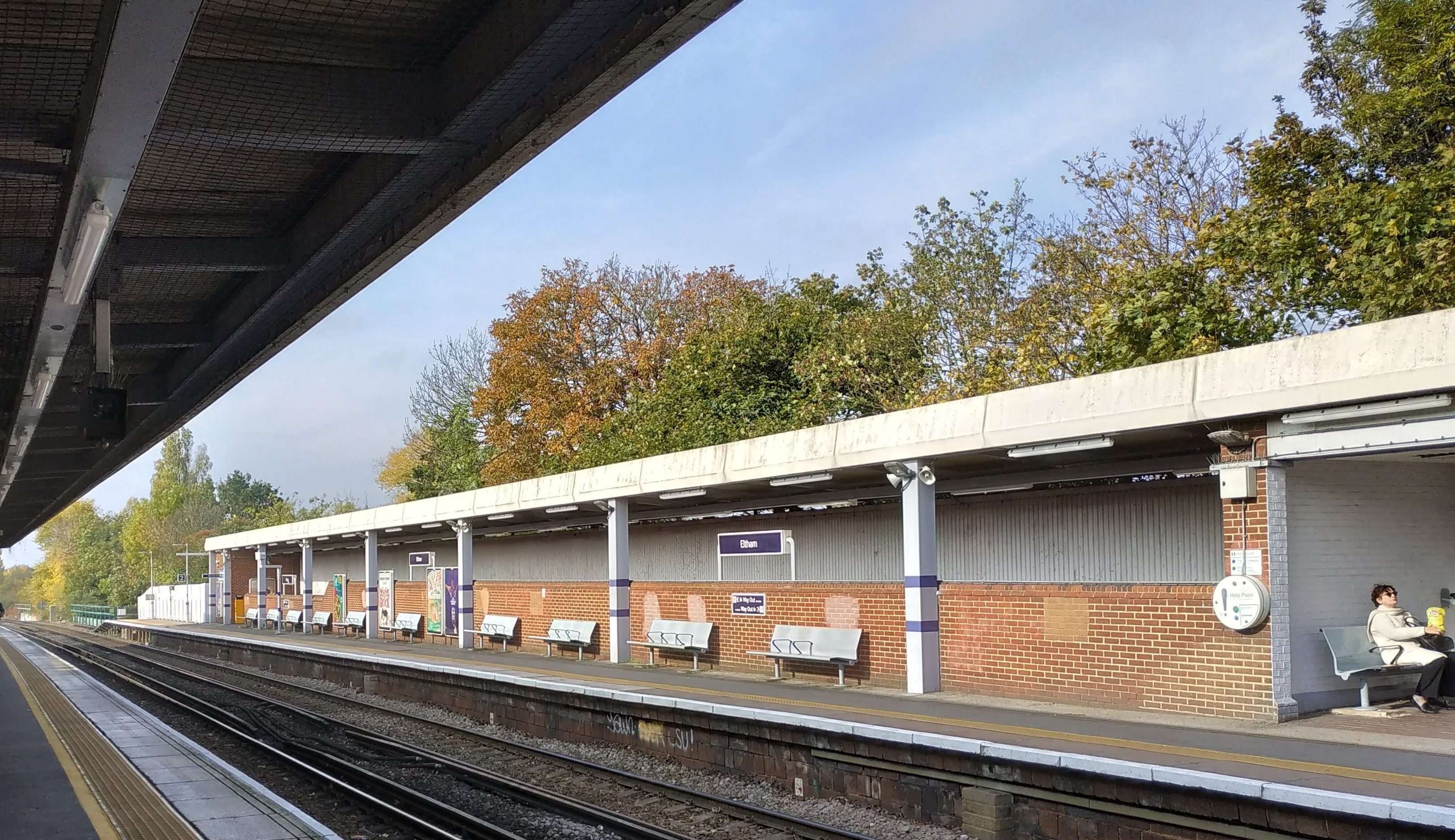Up until the Thameslink Programmes started, journey times London Bridge to Charing Cross were timetabled on average at six minutes. Remember the closing of the Charing Cross platforms at London Bridge, when trains ran fast through London Bridge on the Charing Cross side? Well the timings of trains were not altered despite not calling at London Bridge. When the platforms had been reconstructed and Charing Cross services started stopping there, an average four minutes was added to train times now making the average time 10 minutes. That four minutes difference that did not exist pre Thameslink Programme works, now allows additional make up time into Charing Cross. Often you will have trains sitting outside Charing Cross waiting a platfomr because of this, they are not lateor delayed, they just get there there early. SOmetimes, if the preceding train is cancelled a service will arrive so early outside Charing Cross, it may well wait up to 8 minutes for its booked platform to become available.
Regarding terminating at London Bridge, it is not done to help the passenger, it is done so the TOC can get its PPM back. I have seen endless trains terminated at London Bridge because of late running, passngers who joined the train when it was right time, delayed enroute, then have to suffer even more delay changing trains to continue their journey. And even though there is a frequent service through London Bridge, often there is upto a ten minute wait for the next train to take passengers forward which is often full, so a train load of passenger squeeze onto the next Charing Cross service, which gets delayed because of extended dwell time getting extra people on board. And then there are those passengers intending to get the return service from Charing Cross, now starting at London Bridge, who miss it because they are not expecting to have to travel on an earlier train from Charing Cross to then change at London Bridge, and those that do get from Charing Cross then spend upto seven minutes crosing from one platform to another and getting their train.


